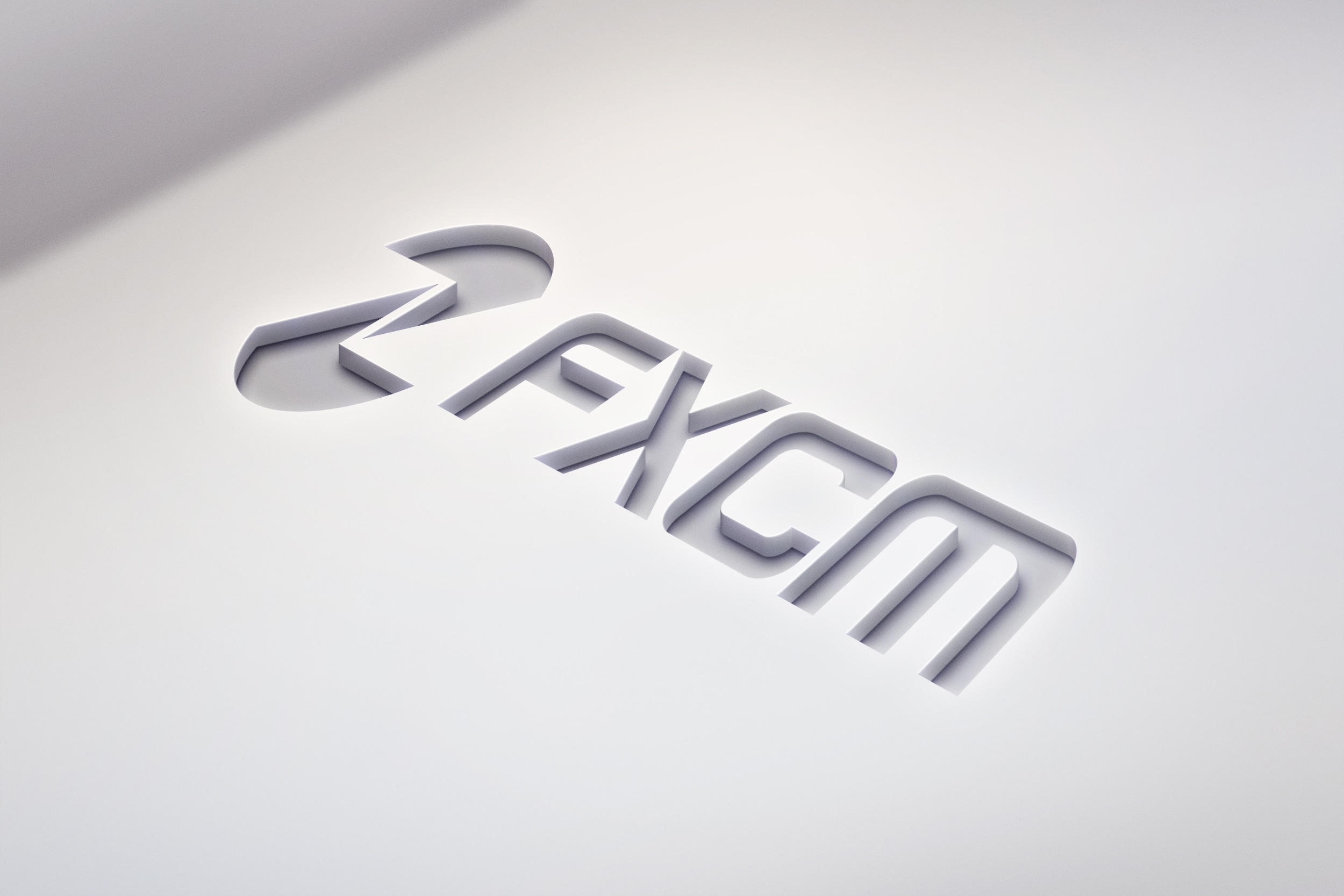To find out how events unfolded at FXCM on the 15th of January and to shed light on the subject, Forex Magnates reached out to CEO Drew Niv of FXCM, one of the biggest foreign exchange brokers in the market. His full length interview can be read below.
1. What happened on January 15th after the SNB announcement? What was the immediate impact of the SNB announcement on the company’s systems?
At the time of the SNB announcement over 3,000 FXCM clients held slightly over $1 billion in open positions on EUR/CHF. Those same clients held approximately $80 million of collateral in their accounts. As you know this was the largest move of a major currency since currencies started floating in 1971.
The EUR/CHF move was 44 standard deviation moves, while most Risk Management systems only contemplate 3-6 standard deviations. The move wiped out those clients’ account equity as well as generated negative equity balances owed to FXCM of over $225 million. We believe that the FXCM system operated properly during this event.
The caveat of our no dealing-desk execution system is that traders are offset one for one with a Liquidity provider. When a client entered a EUR/CHF trade with FXCM, FXCM Inc. had an identical trade with our liquidity providers. During the historic move, liquidity became extremely scarce and shallow, which affected execution prices. This liquidity issue resulted in some clients having a negative balance.
While clients could not cover their margin call with us we still had to cover the same margin call with our banks. When a client profits in the trade FXCM gives the profits to the customer, however, when the client is not profitable on that trade FXCM Inc. ends up having to pay the liquidity provider.
FXCM ended with a regulatory capital shortfall. Accordingly, FXCM needed to get a loan to cover this balance, which it did. For anyone that still thinks FXCM is running an FX dealing desk, we have now demonstrated that such is not the case.
2. Why do you think many people traded EUR/CHF with FXCM?
Because we are a no dealing-desk broker and offset each trade one-for-one with our liquidity providers, and only make money on trades not customer losses. We published a study a few years ago called “Traits of Successful Traders” that looked at FXCM traders over a long period of time and their general behavior to find what was destructive behavior to stay away from and what worked for clients.
The study focuses on what the majority of profitable traders did to increase their odds of success. What the study found was that traders who traded during quiet range-bound market hours like Asian hours OR that traded range-bound low volatility, currency pairs tended to be more profitable.
Obviously, many of our competitors who are on the opposite side of their clients’ trades did not find this trade to be helpful to their bottom line, as they lose money when traders profit. We saw many of the dealing desk firms begin to increase overnight rollover costs, as well as raise margin requirements to get these trades off their system and that’s why FXCM and other STP brokers had much bigger exposure.
3. Why did FXCM require an emergency loan with such tough terms?
As a regulated broker we are required to notify our regulators in a timely manner when any event occurs that may be deemed sensitive to clients. When we notified the regulators, they required FXCM Inc.'s regulated entities to supplement their respective net capital on an expedited basis.
We explored multiple debt and equity financing alternatives in an effort to meet the regulator’s deadline. The deal we ended up doing with Leucadia was the only deal that could and would happen in the very short timeframe we were given by the regulators. The CEO and the president of Leucadia were here in the office working on the deal.
It was a tall order for someone outside of the FX industry to come in and write a $300 million dollar check. This was the type of thing only top management could do. But they see the sustainability of FXCM, and that was everyone’s end goal. We really are very thankful to Leucadia. The deal enables us to live and fight another day and gives us time to build shareholder value in the future.
4. You said you plan to pay back the loan with proceeds from sales of non-core assets, so what are non-core assets and will that be enough?
We announced last week that we anticipate that with the proceeds from the sale of some non-core assets and continued earnings we can meet both near and long-term obligations of our financing, while preserving the strength of our franchise. It’s widely known and understood that FXCM’s core business has always been retail FX. It is the majority of FXCM’s revenue.
However, over the past few years the company has spent over $250 million dollars making strategic acquisitions building up our non-core businesses, mainly the institutional side as we tried to diversify the firm. We are now looking to sell some of those non-core assets. But, we are not in a rush and are looking to get the highest valuations for these assets.
We are considering closing or selling smaller regulated entities that require large sums of capital requirements, but that offer increasingly low return on capital. The latter move allows us to free up significant amounts of cash that is currently trapped. We believe that in the near term we can pay down a majority of the loan. That’s our goal.
5. What happens after 90 days according to your agreement with Leucadia?
The agreement says we need to pay back $50 million of the loan along with $10 million in fees in 90 days. If we don’t pay that $60 million, we will be assessed an additional $30 million in fees when the loan is due in 2017. So we are going to pay our $60 million and hopefully more in 90 days and then go from there. To be clear, the financing does not force us to do anything at 90 days.
6. Will you be selling FXCM?
I absolutely do not plan on selling FXCM. Like I said, we will be selling non-core assets but no, I don’t plan on selling FXCM. That is also why we implemented the shareholder rights plan to prevent a hostile takeover. FXCM has been independent for over 15 years and we intend to stay that way.
7. Are client funds safe with FXCM?
Yes. As we have said, we believe FXCM’s systems operated properly during this event. I’ll stress it here again, FXCM is not insolvent, has not filed for any form of bankruptcy, and is in compliance with all regulatory capital requirements in the jurisdictions in which it operates.
The financing we received from Leucadia has strengthened our balance sheet and gives us the opportunity to grow our core business. With Leucadia, our pockets are even deeper and we aren’t going anywhere. Additionally, all of our regulated entities except the U.S. provide clients with segregated funds. All of our global client base in our regulated entities minus US clients would be protected under a bankruptcy.
Our UK regulated entity through the FSCS even offers clients £50,000 per person in protection. Canada has similar insurance for retail traders of up to $1 million CAD.
8. What are the relationships like with your liquidity providers after this event?
Many of these relationships are long-standing relationships. The entire industry took a hit here. They understand what happened. Most everyone halted trading in EUR/CHF, but half of our liquidity providers kept providing prices in all other pairs the entire time. Half of the LPs did stop pricing FXCM on Friday, January 16th, but most have returned. We presently only have two providers that have not yet returned, but we are optimistic that they will soon return. There is still plenty of liquidity on the platform. Most banks and other liquidity providers have been working very closely with the FXCM team.
9. Where do you see FXCM in six months from now?
We will be well on our way to paying down the loan and continue to grow our core franchise. FXCM still has the best platform for retail traders, we still provide the fairest and most transparent execution in the business and we have a slew of new trading indicators and applications that no one in the space is even considering offering their clients. We’ll still be here. We may just look a little different. Here are a few things we are working to get out in the next six months:
Single Share CFDs – We are going to be offering the top 200 or so most traded US, UK, French and German stocks. We are going to offer these shares on the equivalent of NDD in FX.
Improving CFD execution – Sharpening execution capabilities to match some of the benefits of our FX capabilities for Index and Energy CFDs to remove restrictions on stops and limits, allowing APIs, along with tighter spreads.
Market Depth in FX – Clients will be able to see the depth of liquidity which will provide them more transparency with execution quality and allow them to make more informed trading decisions.
Real Volume indicators – Clients will have a real volume ticker of all trades done on the FXCM system, which will show clients’ actual order flow; they can see directional volume, to long, short, net or total volume as well as balance on volume per instrument; and finally we have an indicator to show the ratio of real volume divided into transactions per period.
These indicators will let clients compare our trading activity against other independent providers who also publish volumes like the CME, and clients will be able to compare execution.
Sentiment Index – We will be providing FXCM’s client sentiment data in real-time as a default on the platform so clients can see where the rest of the clients are.
These software updates and platform features are bringing much more transparency to the retail FX market aimed at improving the client experience in the market.
10. With your stock price so low, is that an indication of the health of your company?
While it is true that FXCM’s stock price dropped after the events of January 15th, we do not believe that the present stock price is indicative of the health of the company. The stock price does not impact our day to day operations as a company.
With the injection of cash from the Leucadia financing, the core retail business is functioning completely as normal. We have excess regulatory capital in all our regulated entities and never had to pause trading or interrupt client’s trading experience. As we announced in our business update, daily volume on the retail side was on pace to set an all-time company record.
11. Why didn’t the dealing desk brokers have these types of losses?
A dealing desk broker does not have offsetting trades. If the customer is long a trade the broker is short that trade, so when the customer makes a profit on a trade the broker loses. When the customer loses on the trade then the broker is profitable.
Obviously on January 15th most clients lost money so the dealer was very profitable. Even for clients that blew through their stops and had negative balances with these firms, the dealer doesn’t have a liquidity provider that it owes money to. They can essentially act like the negative balances never happened and enjoy their profits.
12. What is FXCM changing with regards to their risk management systems?
The primary change we will be making is removing currency pairs from the platform that carry significant risk due to over-active manipulation by their respective government either by a floor, ceiling, peg or band. Given what happened with EUR/CHF the industry is now looking very hard at any potentially similar issues, especially given the increased geopolitical risks in Southern and Eastern Europe.
We will also be raising margin requirements for other pairs as well. Some of these changes will be permanent while others may change as geopolitical risks change. The pairs we are removing from the platform were not material to our volume or our revenue. Some of the currencies we are removing include DKK, SGD, HKD, PLN and CZK.
13. FXCM made some material changes in margin requirements for clients. Are those changes permanent or temporary in nature?
When you look at some of the changes we made to margin requirements, look at them in three different categories: 1. Some of the changes we made were required by regulators, and therefore we had to comply with these changes. 2. When you look at emerging market currencies, the banks and our liquidity providers were raising margin requirements to eliminate any potential risk of large gaps. 3. Previously liquid Western country currencies, like the DKK or CHF, which now carry risk because they are manipulated currencies, have become less liquid.
Despite what the media thinks about leverage, we know the clients like it and want more, it’s the number 1 or number 2 request our sales staff has been getting the past week. We understand the importance of this to our clients but we just need to be smart about it moving forward.
14. What is Black Thursday’s long-term impact on the retail foreign exchange industry? In what ways has it changed the direction the industry is going?
Banks are raising their margin requirements, too. A lot of these currencies that carry any type of geopolitical risk with them are going to lose support and liquidity. Investors always had little faith in emerging market currencies but always believed in Western countries’ currencies even if they were manipulated in some way, but that’s gone.
Switzerland is a Western country and if they can pull the shenanigans they did with their currency, what’s to say other Western countries won’t do the same? The market is going to be very skeptical as they can only stand to lose - the risk is just too high now. It’s too bad really as these pairs historically had low volatility, were range-bound and were very profitable trades for clients.

















